Indigenous Governance Database
sovereignty
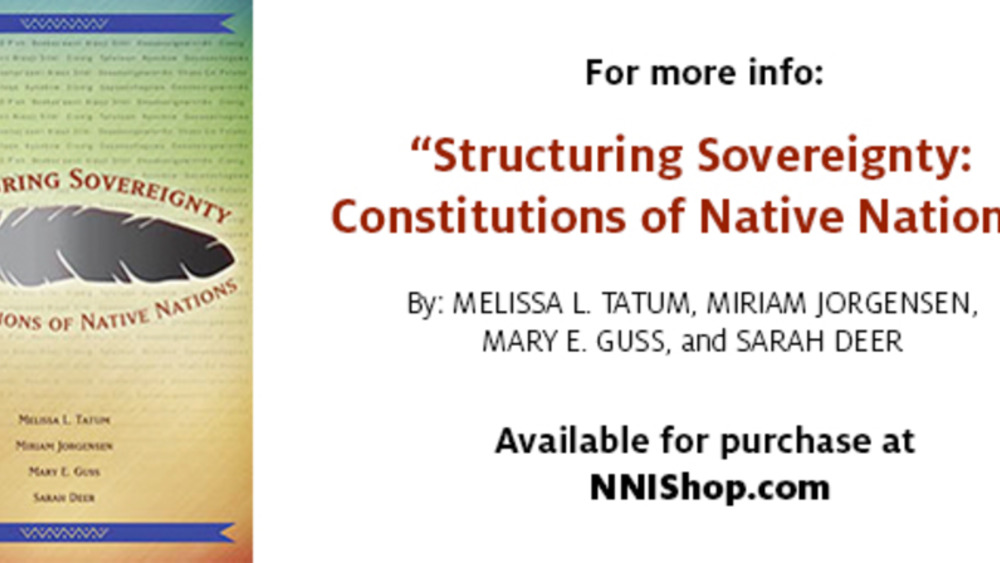
Confederated Tribes of Siletz Indians of Oregon Constitution
Location: Oregon Population: 4800 Date of Constitution: 1979, as amended 1994 and 2008 Purposes: Oregon 4800 1979, as amended 1994 and 2008 We, the members of the Confederated Tribes of Siletz Indians of Oregon, being a federally recognized Indian tribe and the political successor in interest to…
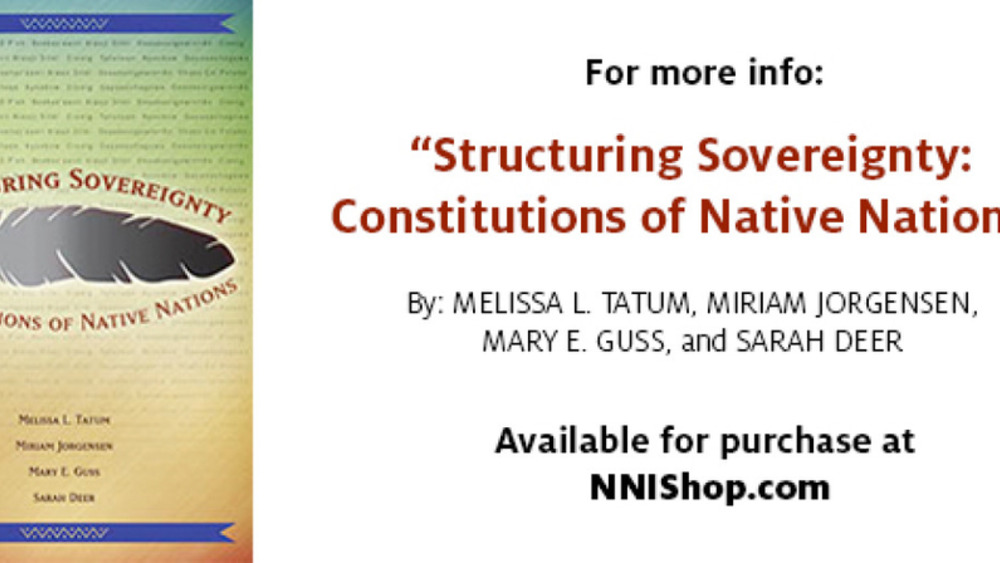
Confederated Salish and Kootenai Tribes Constitution
Location: Montana Population: 7,000 Date of Constitution: 1935 Preamble: We, the Confederated Salish and Kootenai Tribes of the Flathead Reservation, Montana, in order to establish a more responsible organization, promote our general welfare, conserve and develop our lands and resources, and…
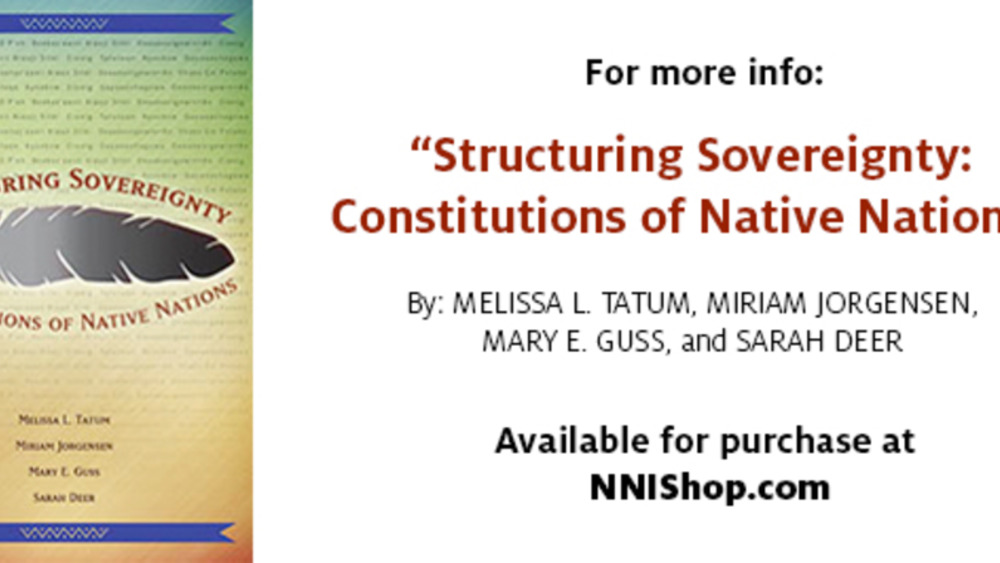
Citizen Potawatomi Nation Constitution
Citizen Potawatomi Nation is located in Oklahoma with a population of 29,000 people. The constitution was enacted in 1938 and amended in 1985 and 2007. Preamble: We, the Citizen Potawatomi Nation, sometimes designated as the Potawatomi Tribe of Oklahoma, in furtherance of our inherent powers…
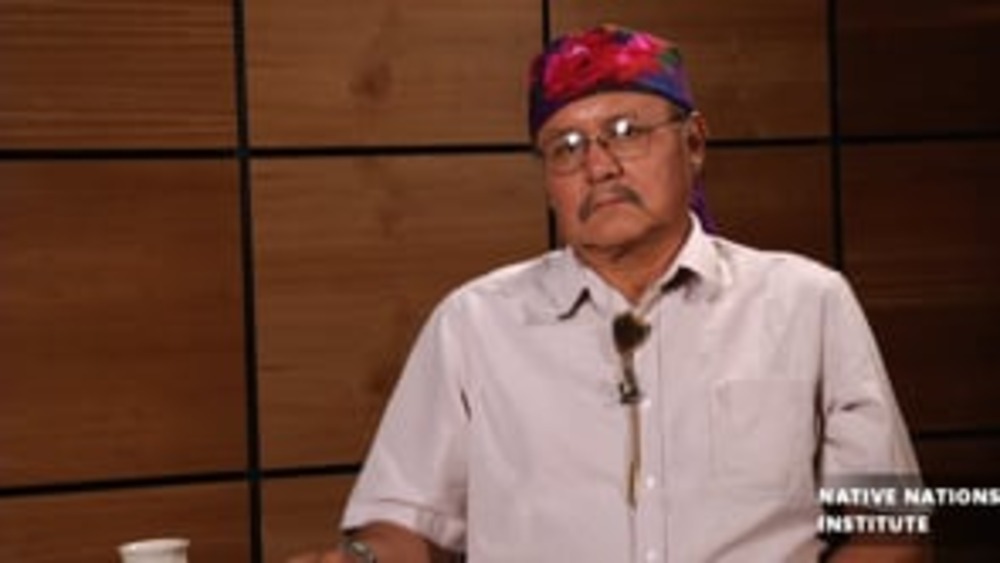
Avery Denny: Origins of Navajo Leadership
Avery Denny is a member of Diné Medicine Man’s Association and is faculty at the Center for Diné Studies at Diné college Diné hatáli. As an instructor for over 29 years, he has taught courses on herbology, holistic healing, and Diné culture, oral history and philosophy. Avery…
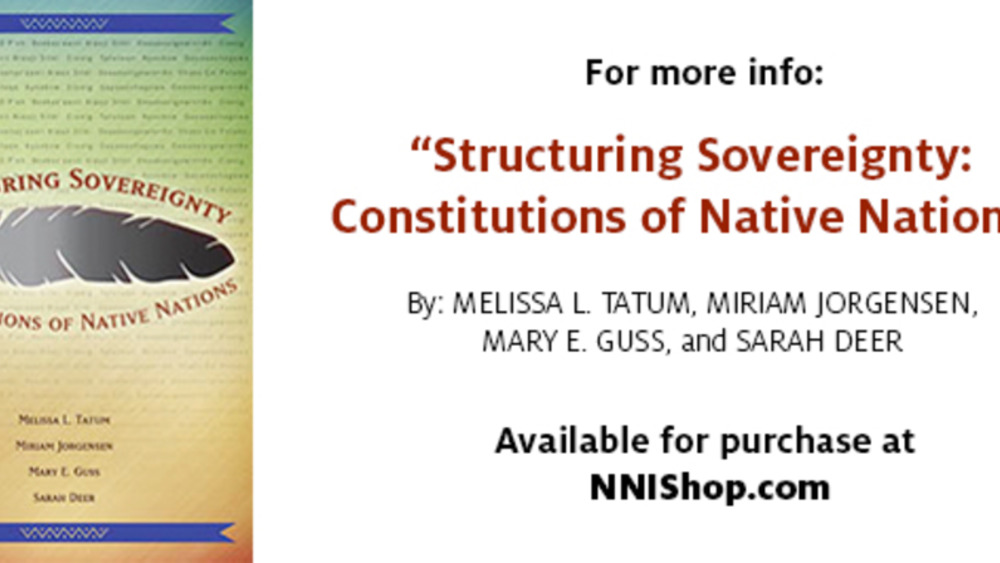
Chitimacha Tribe of Louisiana Constitution
The Chitimacha Tribe of Louisiana is located in Southern Louisiana with a population of 950 people. The constitution was enacted in 1970 and amended in 2009 and 2010. Preamble: We, the Chitimacha Indians of Louisiana, desiring to establish an organization for our common welfare and benefit,…
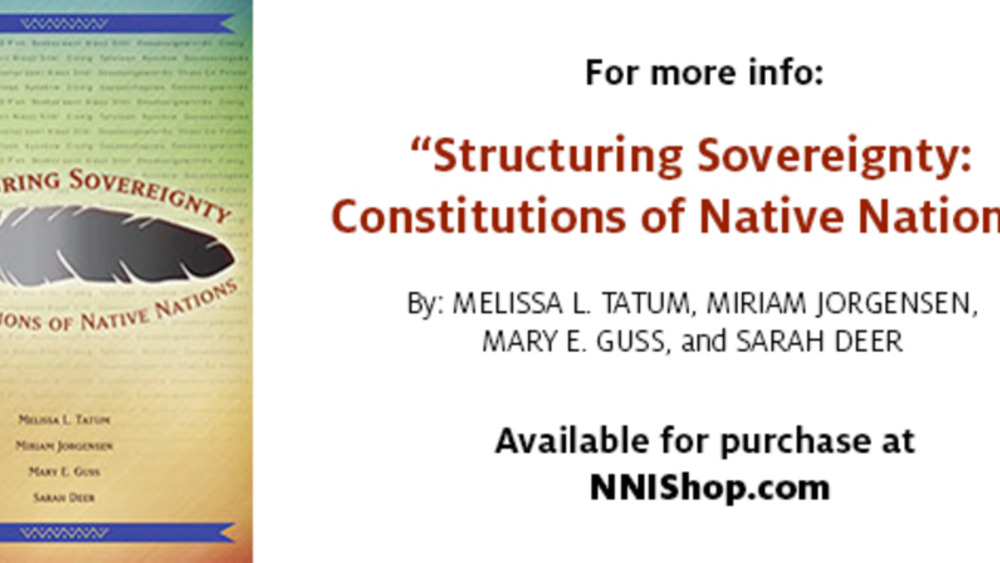
Chilkat Indian Village Constitution
The Chilkat Indian Village is located in Southeastern Alaska with a population of 140 people. The constitution was enacted in 2006. The village was involved in a famous cultural property case about Whale House rain screen and totem poles. Preamble: We, a sovereign community of Tlingit Indians…
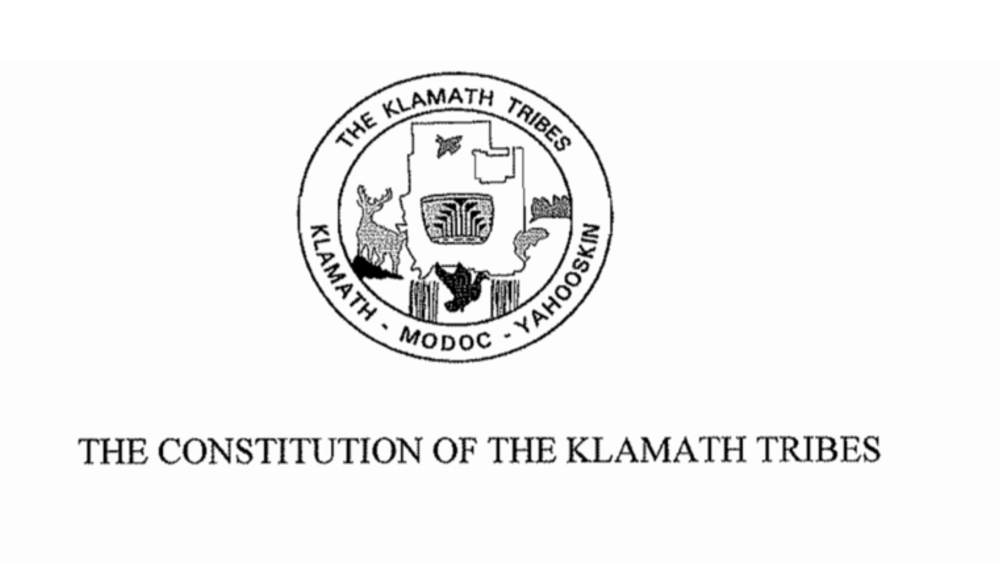
Klamath Tribes: Preamble Excerpt
PREAMBLE: We, the People of the Klamath and Modoc Tribes and the Yahooskin Band of Snake Indians, [hereafter referred to as the Klamath Tribe(s)] do hereby establish and adopt this Constitution for the government of our General Council in order to recognize our Tribes for the continued…
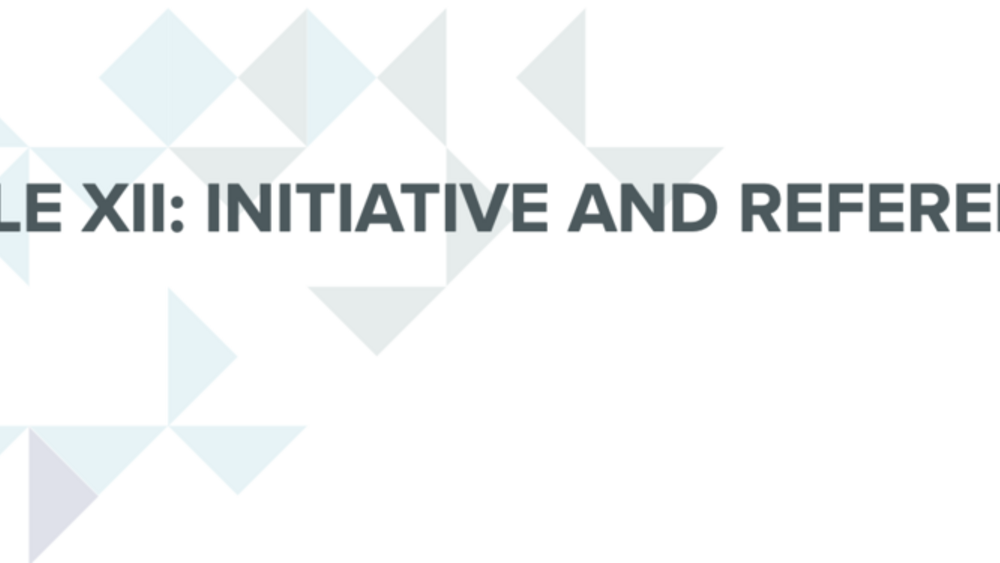
Kaw Nation: Initiative & Referendum Excerpt
ARTICLE XII: INITIATIVE AND REFERENDUM Section 1. The citizens of the Kaw Nation reserve unto themselves the power of initiative and referendum. Section 2. Initiative. Any issue shall be submitted for an initiative election pursuant to this section upon receipt of a petition containing…
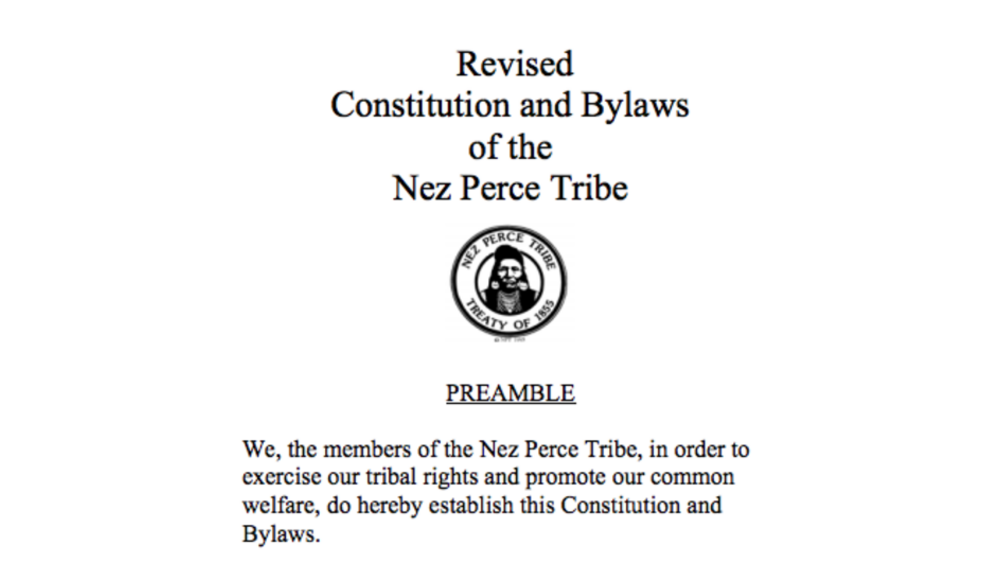
Nez Perce Tribe: Legislative Functions Excerpt
ARTICLE VIII POWERS AND DUTIES OF THE NEZ PERCE TRIBAL EXECUTIVE COMMITTEE Section 1. The NPTEC shall have the following powers, to be exercised in accordance with this Constitution and with the applicable statutes of the United States. (A) To represent the Tribe in negotiations with…
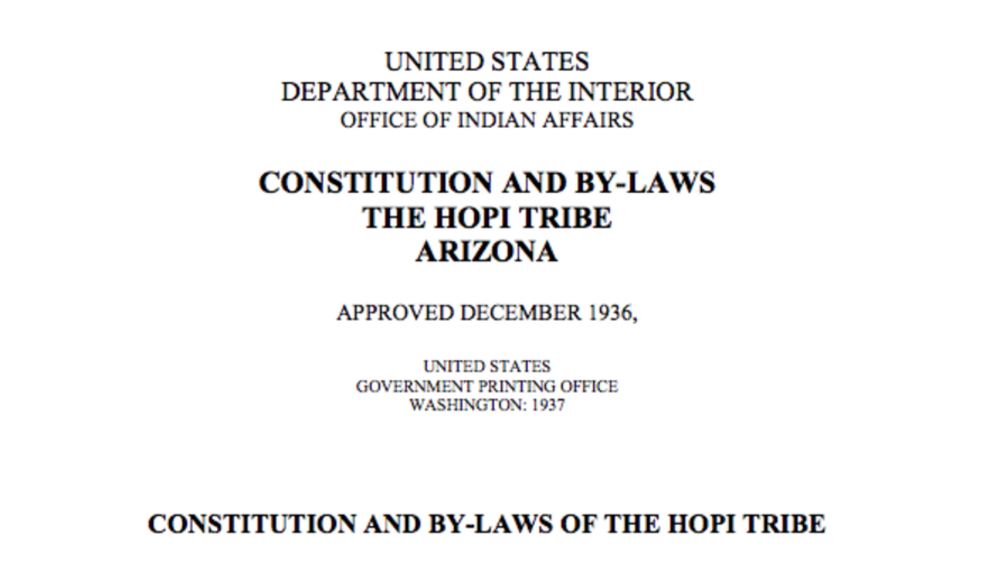
Hopi Tribe: Governmental Structure Excerpt
ARTICLE III-ORGANIZATION SECTION 1. The Hopi Tribe is a union of self-governing villages sharing common interests and working for the common welfare of all. It consists of the following recognized villages: First Mesa (consolidated villages of Walpi, Shitchumovi, and Tewa). Mishongnovi.…
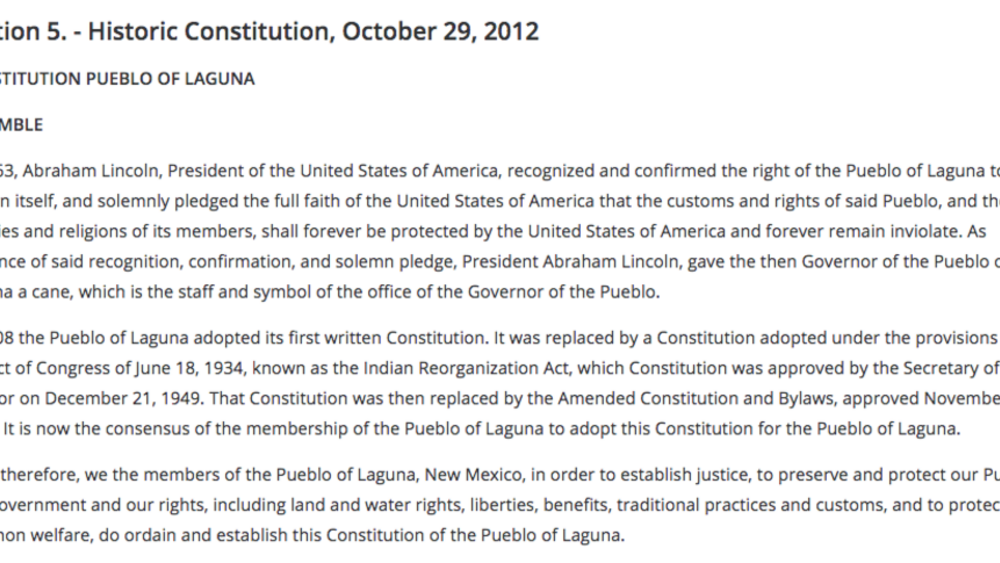
Pueblo of Laguna: Elections Excerpt
ARTICLE III - THE PUEBLO COUNCIL, STAFF OFFICERS AND SETTLEMENTS Section 1. - The Pueblo Council. The governing power of the Pueblo shall be vested in the Pueblo of Laguna Council. The Pueblo Council, functioning as one (1) governmental entity, shall be composed of the following…
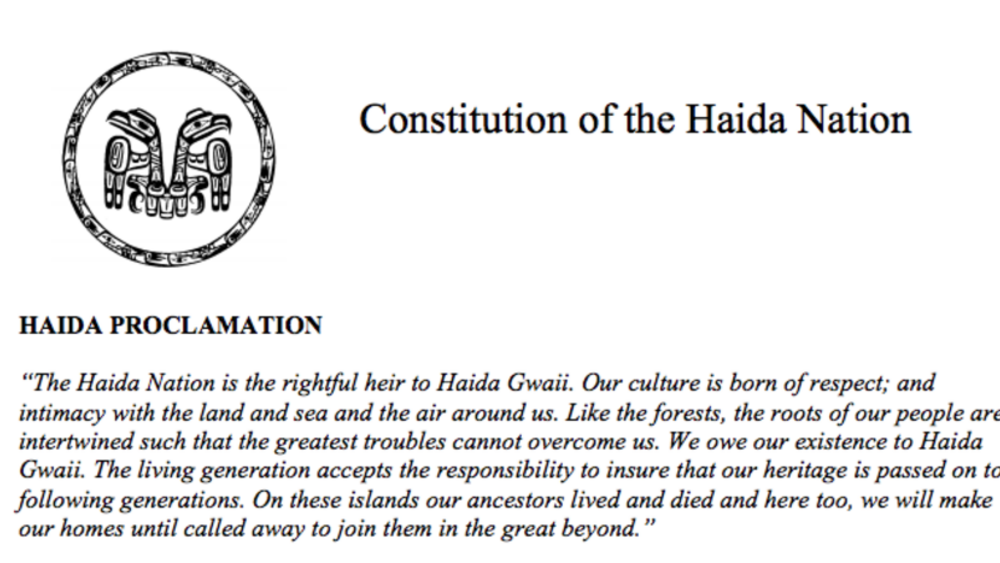
Haida Nation: Jurisdiction/Territory Excerpt
ARTICLE 1 HAIDA TERRITORIES A1.S1 The Territories of the Haida Nation include the entire lands of Haida Gwaii, the surrounding waters, sub-surface and the air space. The waters include the entire Dixon Entrance, half of the Hecate Straits, halfway to Vancouver Island and Westward into the abyssal…
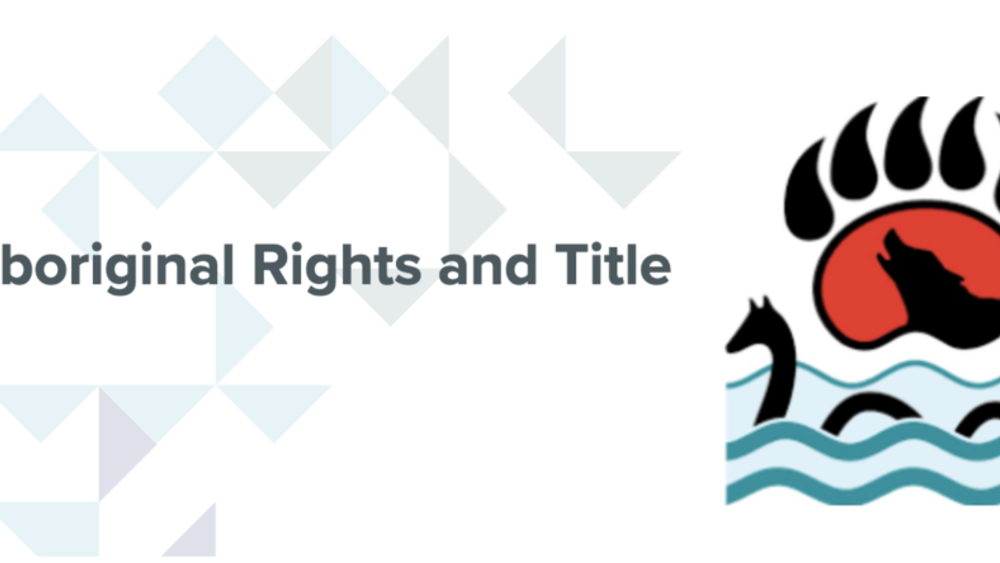
Westbank First Nation: Jurisdiction/Territory Excerpt
2. Aboriginal Rights and Title 2.1 Westbank is part of the Okanagan Nation which has occupied and benefited from Okanagan traditional territory since time immemorial. 2.2 Westbank has never ceded, surrendered, or in any way relinquished aboriginal title and will continue to assert its interests…
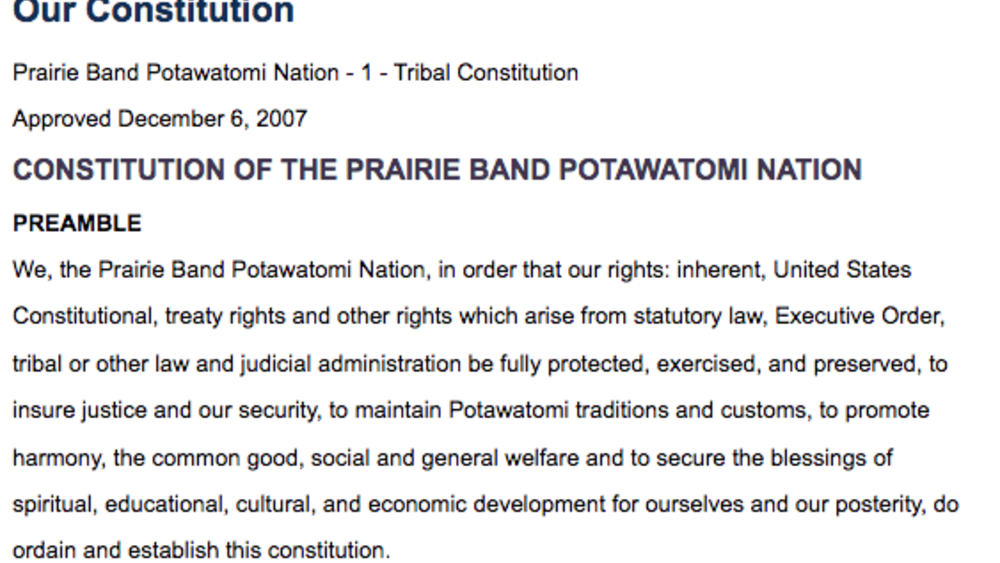
Prairie Band Potawatomi Nation: Jurisdiction/Territory Excerpt
ARTICLE I - TERRITORY AND JURISDICTION Section 1. The authority and jurisdiction of the Prairie Band Potawatomi Nation shall extend to the fullest extent possible, including, without limitation, (a) to any and all persons, including non-members and members of the Prairie Band …
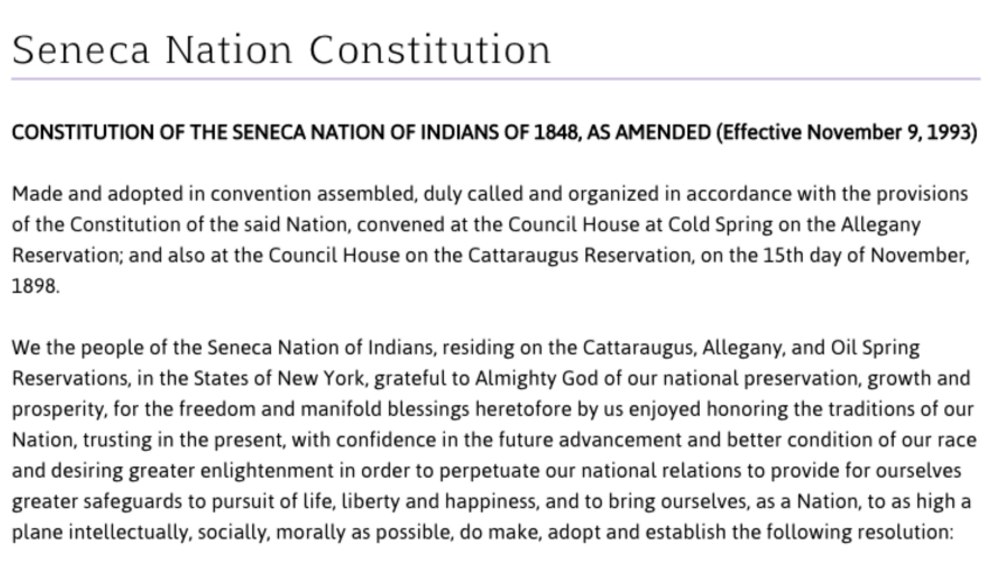
Seneca Nation: Terms of Office Excerpt
SECTION I. Our government shall have a legislative, executive, and judiciary department. The legislative power shall be vested in a Council of sixteen members, who shall be known and called the Councillors of the Seneca Nation of Indians, eight Councillors elected to the Council shall be from the…
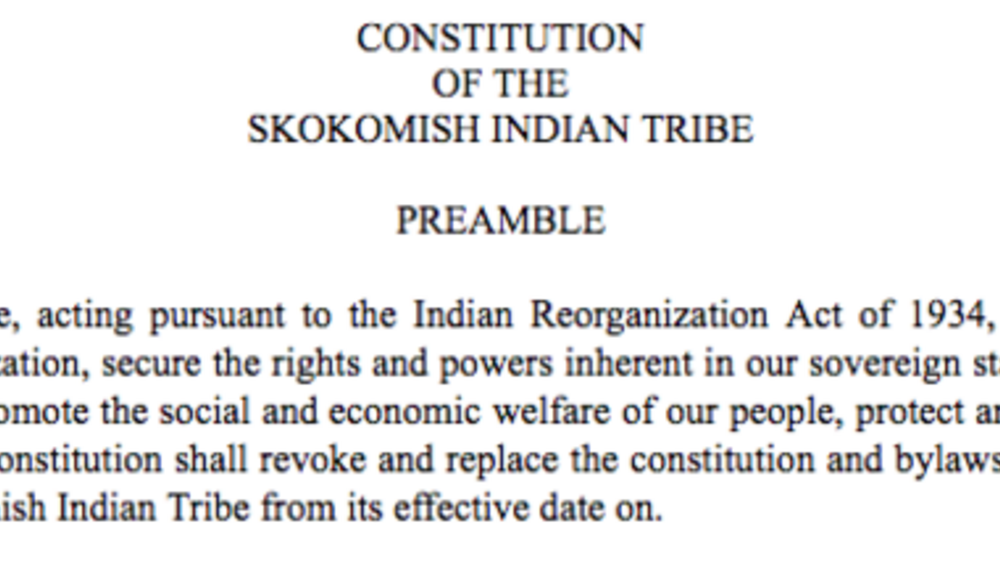
Skokomish Indian Tribe: Terms of Office Excerpt
ARTICLE IV - TRIBAL COUNCIL Sec. 4. Terms of Office Each Tribal Council member shall be elected for a term of four (4) years. Terms of office for the seven (7) council members shall be staggered, two (2) members being elected each year for three (3) consecutive years and one (1)…
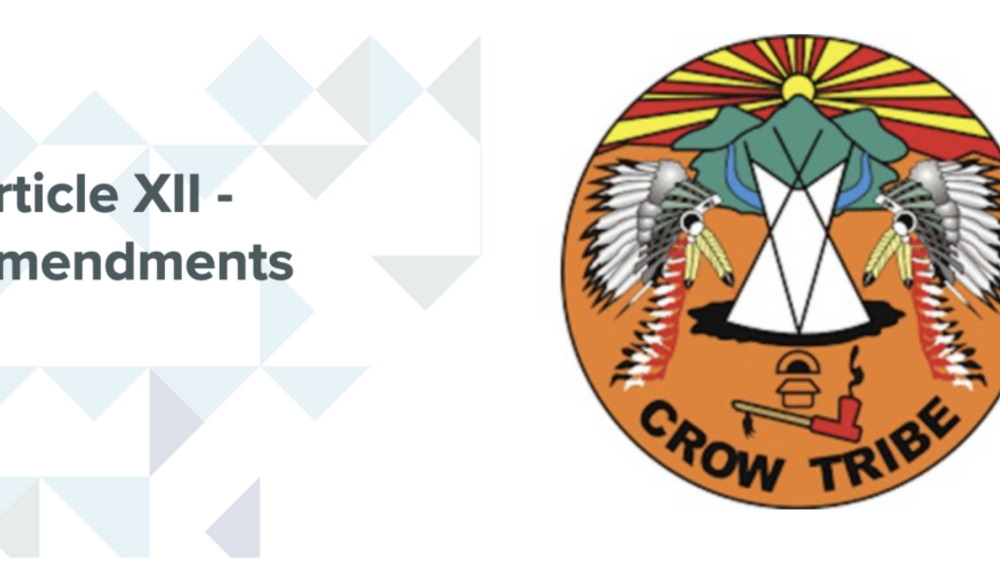
Crow Tribe: Amendments Excerpt
ARTICLE XII - AMENDMENTS This Constitution may be amended by a two-thirds (2/3) vote ofthe Crow Tribal General Council provided that at least thirty percent (30%) of the Crow Tribal General Council vote in an election called for the purpose of amending the Constitution. The process to propose…
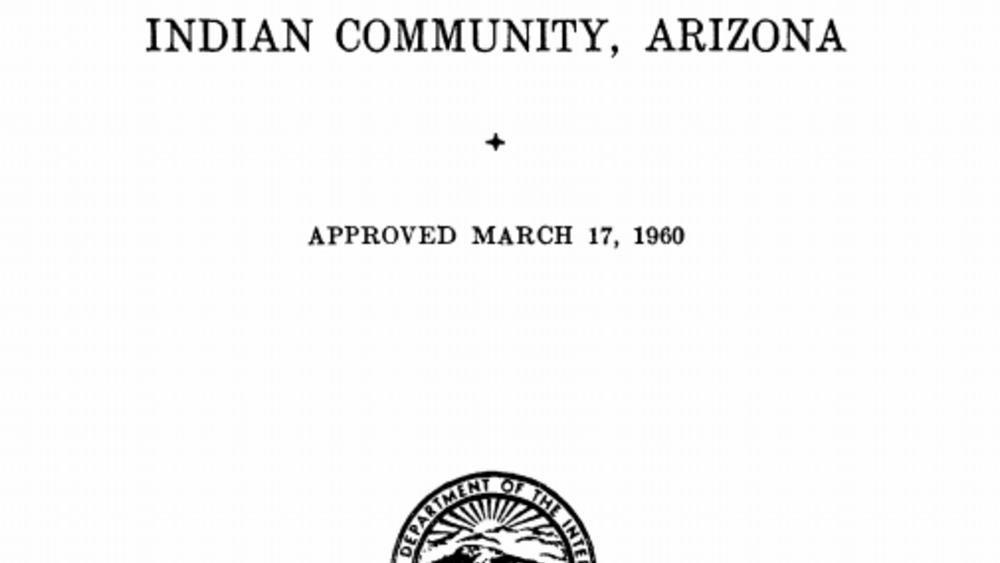
Gila River Indian Community: Legislative Functions Excerpt
ARTICLE VI–QUALIFICATIONS OF OFFICERS Section 1. No person shall be elected or hold office as Governor, Lieutenant Governor, Chief Judge, Associate Judges, or Councilmen unless he (1) is a member of the Community; (2) has reached the age of twenty-five (25) years; (3) has been living in the…

Confederated Salish and Kootenai Tribes, Constitutional Bylaws: Legislative Functions Excerpt
Article II - Ordinances and Resolutions Section 1. All final decisions of the Council on matters of general and permanent interest to the members of the Confederated Tribes shall be embodied in ordinances. Such ordinances shall be published from time to time for the information and education of the…
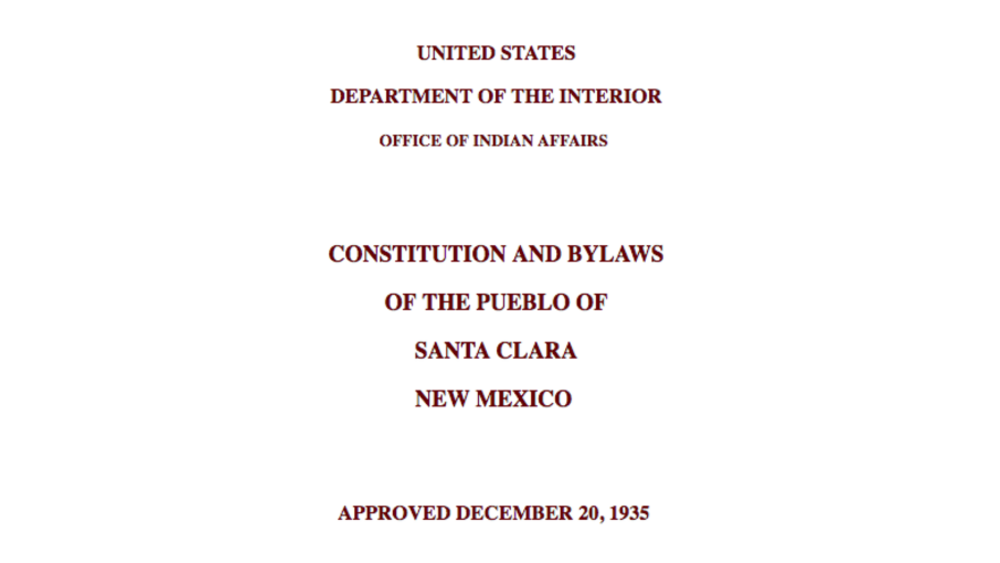
Pueblo of Santa Clara: Legislative Functions Excerpt
ARTICLE IV-THE PUEBLO COUNCIL AND ITS POWERS SECTION 1. Legislative power.-The legislative power shall be vested in the pueblo council, and the said power shall be exercised in accordance with, and not in conflict with, the constitution or any laws of the United States of America. The pueblo…
Pagination
- First page
- …
- 3
- 4
- 5
- …
- Last page
